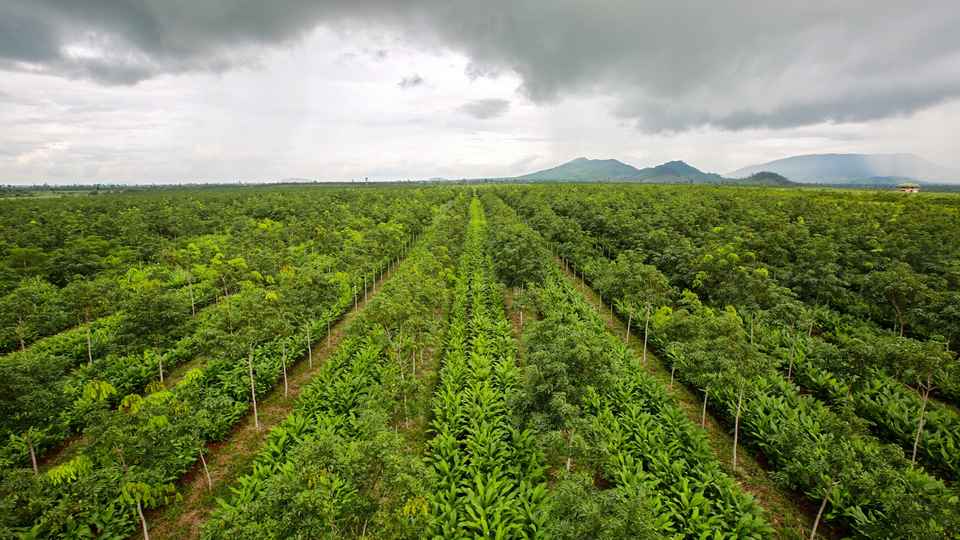
As many of you know, I’m a fan of omega-3 fatty acids, mostly because they deliver a wide range of benefits for both your body and brain. These special fats promote healthy blood flow so that oxygen as well as nutrients can be delivered to your heart, brain, muscles and other organs and tissues throughout your body. These fats even wiggle into cell membranes to help keep them flexible enough to take up nutrients, expel metabolic byproducts, and trigger cell signaling pathways critical for health. Plus, omega-3 fats help maintain the body’s inflammation response mechanisms. And, the list goes on.
Salmon, mackerel, sardines, and other fatty fish are the most common sources of omega-3 fats, mostly in the form of eicosapentaenoic acid (EPA) and its biochemical cousin docosahexaenoic acid (DHA). But, what if you can’t eat fish or choose not to? What then? It’s a question I hear often, so I thought I’d discuss one of my favorite plant sources of omega-3 fats: Flaxseeds.
Flaxseeds are one of the richest sources of alpha-linolenic acid (ALA), an essential omega-3 fat that does double duty as a building block for EPA. (Once consumed, the body has the ability to convert ALA into EPA.) This is especially good news for vegans, vegetarians and those who are unable to eat fish due to allergies.
If you’re interested in adding flaxseeds to your diet, here are five tips to get started:1
1. For maximum ALA benefits, choose the right form of flaxseeds.
Flaxseeds are typically available in four forms: whole flaxseed, ground flaxseed, flaxseed oil and flaxseed meal. To make the ALA bioavailable, the hard protective seed coat needs to be broken in some way—milled, ground, crushed—or the seeds need to be processed into an oil. In this way, the ALA can be released and made available for absorption in the gut. Whole flaxseeds can certainly help you increase your fiber intake (one tablespoon provides 4 grams of dietary fiber), but this form is unlikely to contribute to your intake of ALA in any meaningful way.
2. For convenience, pour a glass of flax milk.
Flax “milk” is one of the most convenient ways to consume flaxseeds. Flax milk products typically contain finely milled flaxseeds mixed with filtered water and other ingredients. Not only is flax milk a rich source of ALA, it’s a good option for those looking for a lactose-free, cholesterol-free alternative to dairy milk. Plus, flax milk is suitable for people allergic to soy, nuts, and gluten.
3. For EPA health benefits, consume the right amount of flaxseeds.
Recall, the body has the ability to convert ALA into EPA. But, just how much flaxseed do you need to eat to boost the blood level of EPA? That’s the question university researchers in Canada set out to answer. In one clinical trial, they randomly assigned healthy adults to consume one muffin fortified with either 10, 20, 30 or 40 grams of milled flaxseed every day for 30 days. While the smallest amount of milled flaxseed (10 grams per day) was enough to significantly increase the blood level of ALA, a higher amount (at least 30 grams or about 4 tablespoons per day) was needed for the body to convert ALA into the longer chain omega-3 fatty acid EPA.

4. Add flaxseeds to your favorite foods.
Flaxseeds are a versatile food staple. You can toss a few tablespoons into a soup, sprinkle over a salad, or add to a recipe for baked goods. In fact, researchers have consistently relied on this versatility to investigate the health benefits of flaxseeds by serving up a wide range of baked goods infused with flaxseeds to study participants. Think snack bars, muffins, bagels, bread, buns, tea biscuits, cinnamon rolls, and even pasta.
5. Use flavor combinations to entice your taste buds.
The flavor of flaxseeds can vary depending on the kind you’re eating. Brown flaxseeds, for example, tends to taste more earthy, while golden flaxseeds have a lighter, nutty flavor. Choose one that best fits your taste palette and, if desired, dress it up with other flavors. (That’s what researchers do to entice study participants to stick with a protocol of eating a daily flaxseed-infused food). Popular flavor combinations that work to balance the earthiness of flaxseeds include cinnamon-raisin, cranberry-orange, spiced apple, and sesame-sunflower. After all, food isn’t nutrition until we eat it, and flavor and aroma are a big part of why we enjoy food.
The bottom line
Of course, boosting your intake of omega-3 fats is only half the story. Keeping your intake of omega-6 fats in check is also important. I wrote about this delicate balance in a previous post, and how Artemis Simopoulos, M.D., and her pioneering work has helped researchers, clinicians and consumers alike better understand the critical role of the omega 3:6 ratio for optimal health.
For some people, eating more fish or supplementing with fish oil can help. For others like vegans, vegetarians and folks who may be allergic to fish, fish isn’t an option. For them, adding flaxseeds (and other plant sources of omega-3’s like chia seeds and walnuts) to the daily menu can help meet the body’s need for nourishing omega-3 fats.
Here’s to flaxseeds made more nutritious with a little culinary know-how.
Cheers,



